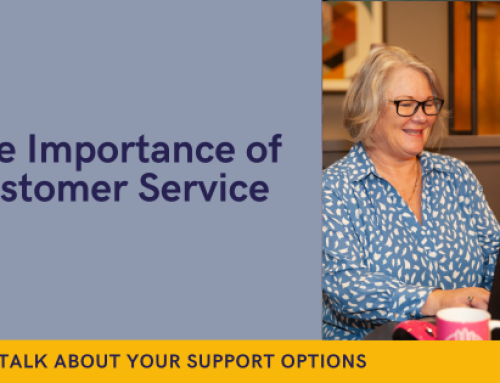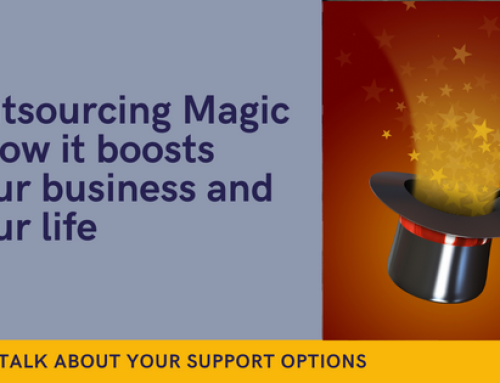Creating a PR Story
PR is a very under-utilised piece of marketing – as it’s thought to be too difficult to find a story to publish or deemed to be too expensive. It is definitely not a quick fix but if used as a key pillar of marketing it can be very effective. However, it does take effort, time and a certain amount of relationship building as well as a strategy.
The first thing people say is ‘what story do I have?’ Finding ‘news-worthy’ stories is a constant battle and then presenting it at the right time, to the right people, in the hope that it gets printed (online or offline) can sometimes feel very much hit and miss marketing.
There is a tried and tested method of having all the right pieces in your PR story – ensuring all information is available and therefore the journalist/publication don’t have to come back for more information because they are not likely to do that – unless you really do have ‘the story’. They’d much rather print it as it arrives rather than edit, condense, get further details – easy for them is the way forward!
So when we are looking for something to write about there are a series of questions we can ask ourselves which could ultimately give us our story or angle. These can then be related to the industry, your local area, your product, your customers and invariably what’s happening in all these areas locally, nationally and even worldwide.
Questions
So if you think you have a story ask the following questions, your answers will identify if you have one worth putting to the media:
Who?
Who are the key players – your company, anyone else involved with the product? An individual, a customer, a supplier?
Who does your news affect/who does it benefit? Think sectors, groups of individuals, who will it appeal to?
Talk about characters in a play – villain, good guy/side kick, location.
What?
What is new?
Product, process, person, place, initiative, innovation, launch.
Why?
Why is this important news – why is it different? Who does it affect, why is it better, why are you shouting about it from the rooftops?
Where?
Where is this happening?
Is the location important? Is there a business angle?
When?
When is it happening? Is it significant for the business, the area, the sector?
How?
How did this happen? Give the context, the reason for this happening.
Starting with answers to these questions will enable you to deem if it is worth working on a PR article. Thinking about where it is to be published could also give you an angle – writing specifically for those readers.
Once you have the ideas – putting together short, easy to read sentences is the next step. Most people struggle with this as we are used to creating complex sentences rather than short and simple ones. It can take a number of edits before you are happy with the article. Always looking for the benefits that your news will give.
As mentioned earlier we need to make it as easy as possible for the journalist to print your piece, so it can be printed without any further questions to the sender.
One good point is to make sure the important bits are at the beginning – this will engage with the reader straight away and also allow for any editing to be taken from the end of the piece. Editors needing to reduce an article will start from the end when cutting out content.
Getting the content right is the first step – getting it printed is the next step. Check out my blog on Targeting Journalists and the PR Checklist for further insights to getting your articles published.





